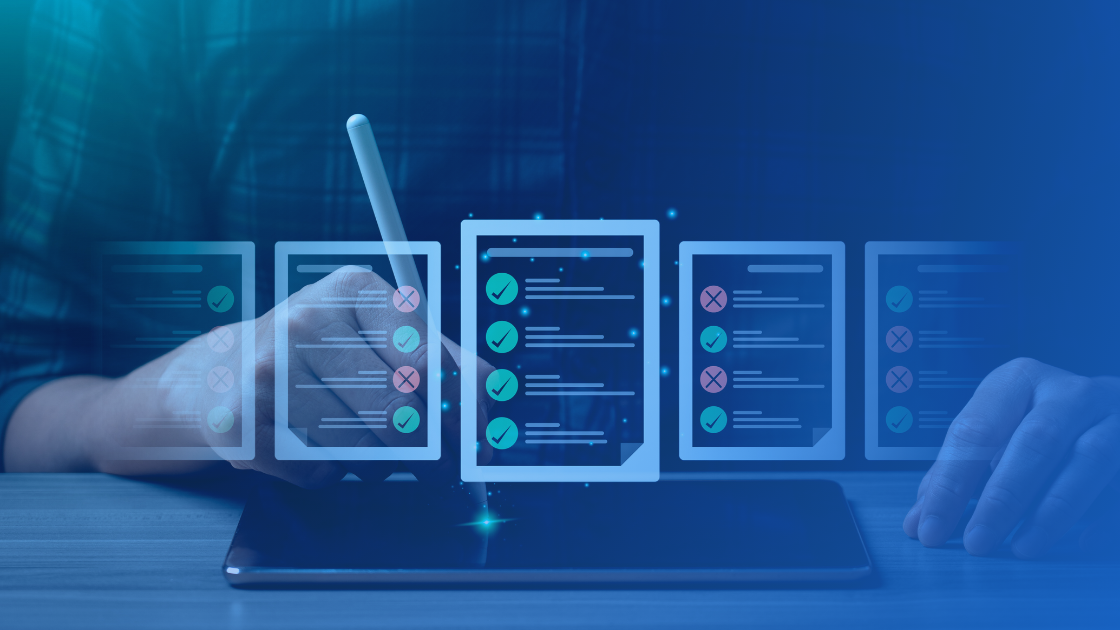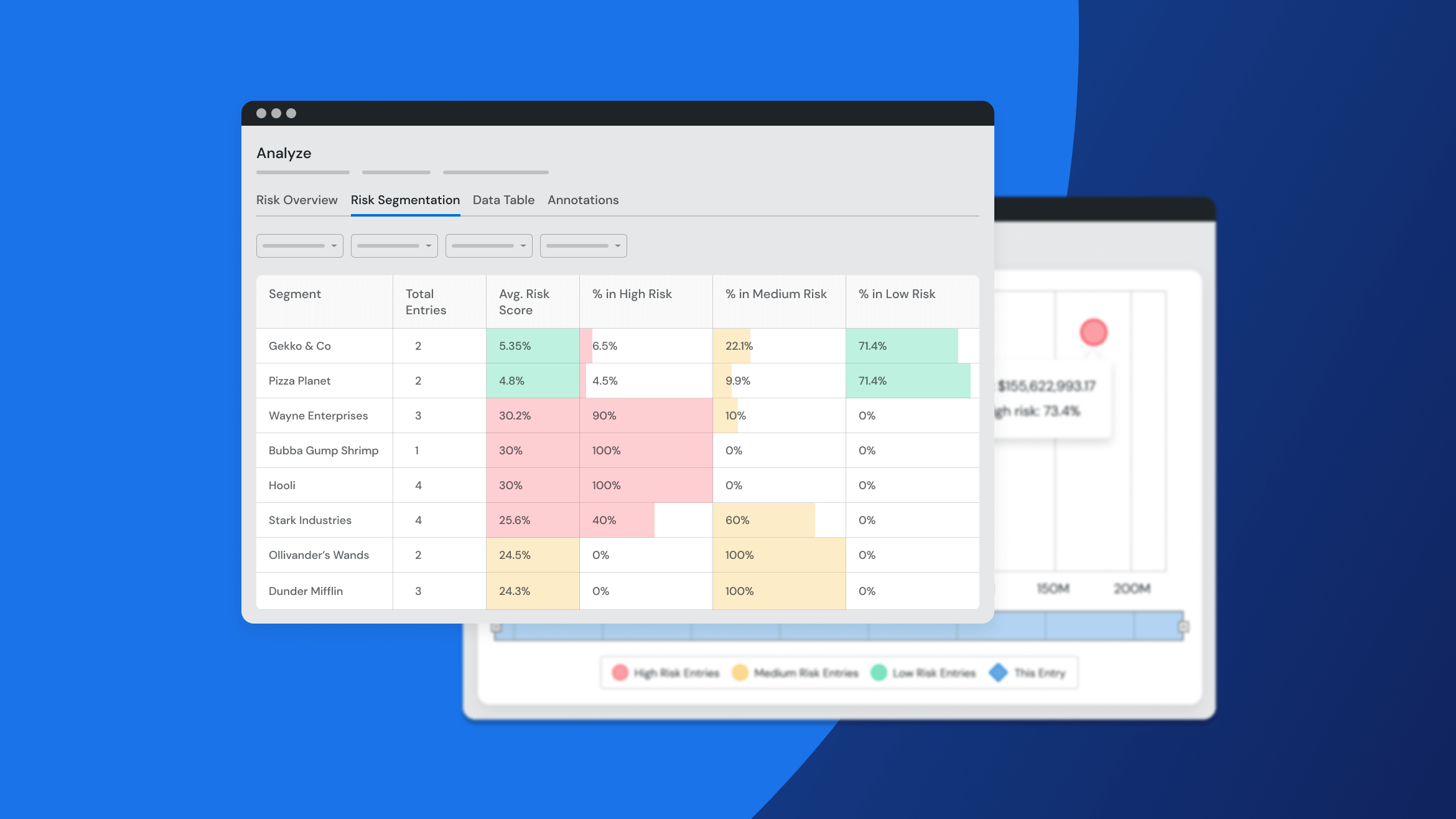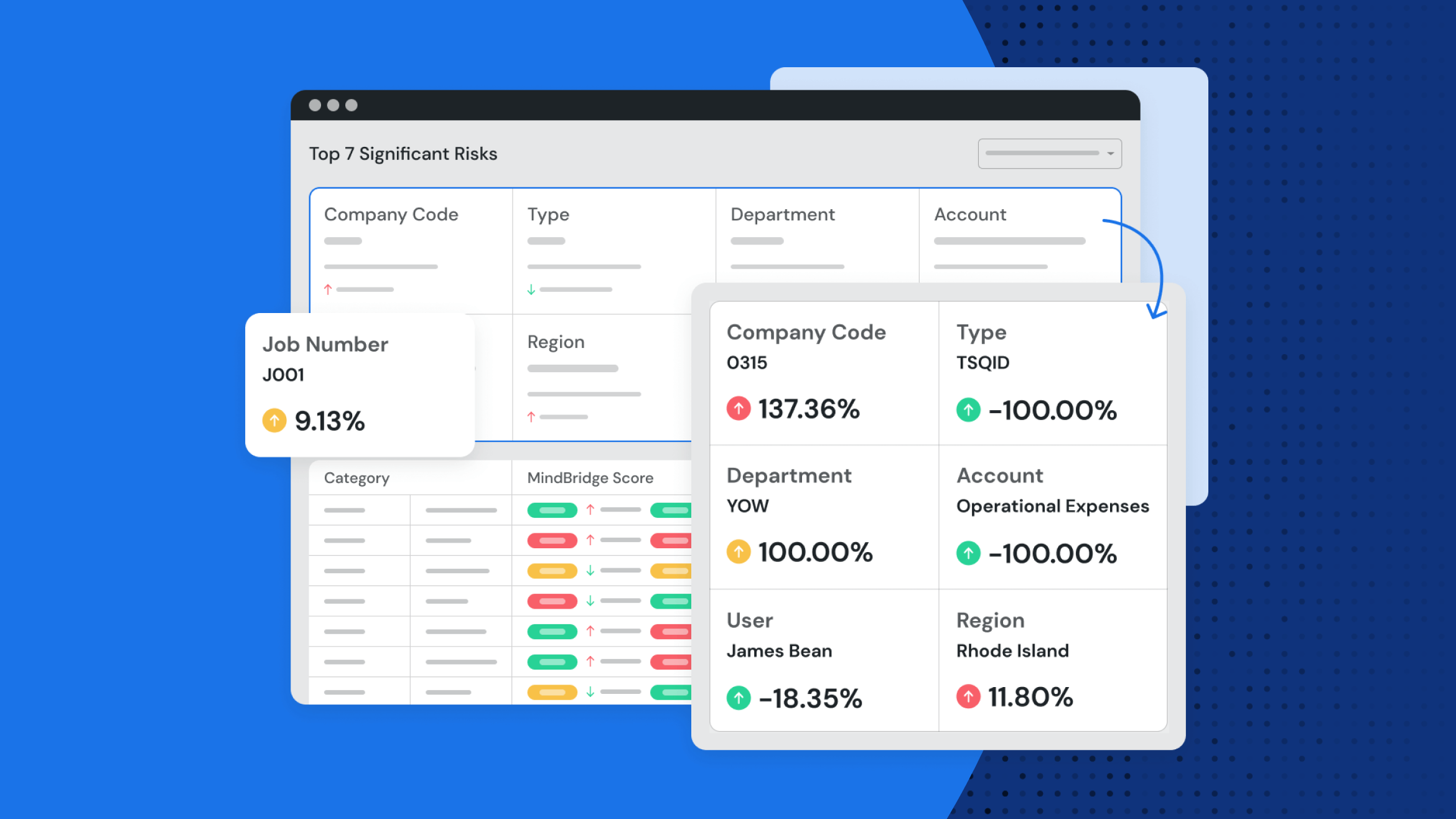Internal vs. External Audit: Key Differences, Use Cases, and Strategic Alignment
When it comes to protecting an organization’s financial integrity, both internal and external audits play critical roles. But they’re not interchangeable—and understanding their differences is key to maximizing their value. This blog breaks down the distinction and explores how modern audit teams are using AI to bring internal and external functions closer together than ever … Read more















